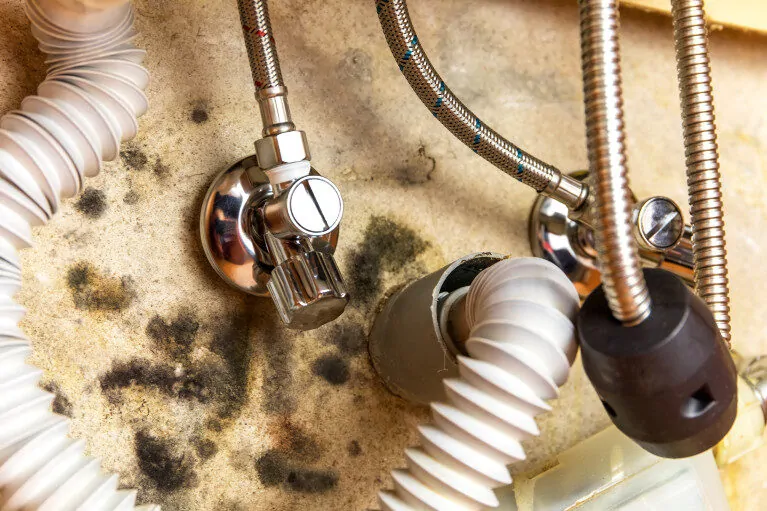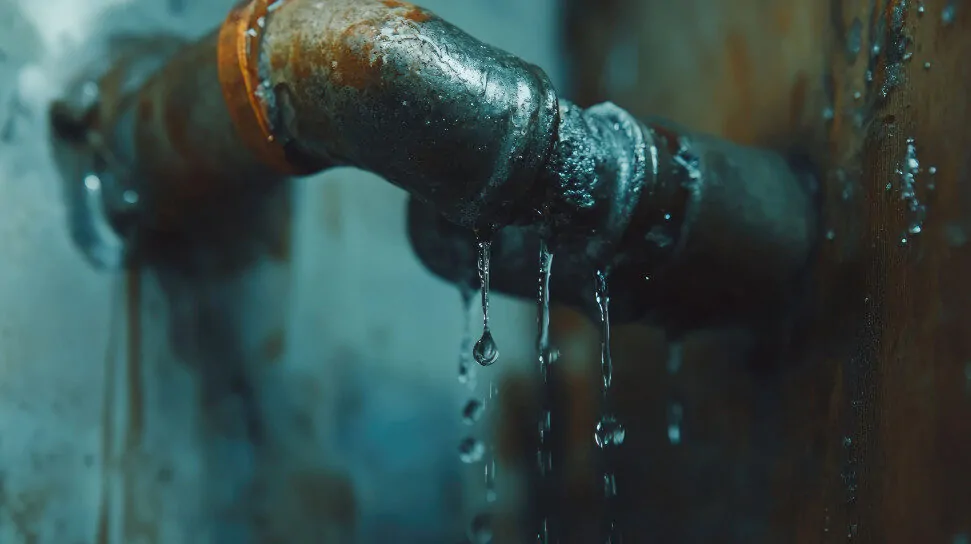Signs You May Have a Hidden Water Leak in Your Home
Hidden water leaks are among the most common and costly problems homeowners face. Because they remain out of sight, leaks often go unnoticed for weeks or months, causing significant damage. Recognizing early warning signs saves you time, money, and stress.
Why Water Leaks Are a Serious Problem
Even small leaks can waste hundreds of gallons of water each month. Left unaddressed, they contribute to higher bills, structural damage, and the growth of mold. The sooner a leak is detected, the less severe and expensive the repairs will be.
Common Causes of Hidden Leaks in Homes
Leaky Pipes
Pipes can develop cracks or holes over time, allowing water to escape unnoticed. These leaks are often hidden behind walls or under floors, making them difficult to spot early.
Worn-Out Seals
Seals around fixtures and connections degrade with age and constant use. Once they fail, water seeps into surrounding areas, causing gradual damage.
Poor Connections
Loose or improperly installed pipe connections can slowly drip water. Even small leaks can accumulate into significant water damage if ignored.
Faulty Appliances
Dishwashers, washing machines, and water heaters sometimes fail due to worn parts or broken hoses. When they fail, water leaks into hidden spaces near the appliance.
Corroded Pipes (Older Homes)
In aging plumbing systems, corrosion weakens pipes until they crack or break. The problem often occurs in homes with outdated metal piping.
Early Warning Signs of a Hidden Water Leak
Unexplained Increase in Water Bills
One of the first signs of a hidden water leak is a sudden spike in your monthly water bill. If your usage remains the same but costs rise, water is escaping somewhere in your home. Comparing bills over time makes irregularities easier to spot.
Damp or Musty Odors Around the House
Leaks often create damp conditions that give rise to musty odors. If you notice odors in basements, bathrooms, or behind walls, a hidden leak is likely the cause. These smells indicate trapped moisture that needs immediate attention.
Stains or Discoloration on Walls and Ceilings
Yellow, brown, or gray stains on walls or ceilings typically indicate water damage. Even small patches show that water leaks behind the drywall. If untreated, stains expand and weaken structural materials.
Physical Indicators Around the Home
Warped Floors, Buckling Tiles, or Soft Spots
Leaks beneath floors can cause wood to warp or tiles to buckle. Soft spots in carpets or flooring suggest water has been pooling underneath. Ignoring these signs can lead to costly subfloor repairs.
Mold or Mildew Growth in Unusual Places
Mold thrives in damp, hidden areas. If you spot mold in places that shouldn’t normally be wet—like corners of bedrooms or living rooms—there may be a hidden water leak nearby. Mold not only damages property but also poses health risks.
Low Water Pressure in Faucets and Showers
Leaks in your plumbing system reduce overall water pressure. If faucets or showers seem weaker than usual, water escapes before reaching the outlet. Leaks increase wear on appliances, such as dishwashers and washing machines.
Outdoor and Structural Signs
Wet Spots or Puddles in the Yard
Hidden water leaks in underground pipes create unexplained wet patches outside. If your lawn is soggy in one area or standing water appears without recent rain, a leak is likely. Over time, leaks also cause soil erosion and foundation issues.
Foundation Cracks or Shifting Soil
Leaks near the foundation can cause the soil to become saturated, leading to cracks or soil shifting. Structural issues caused by water are costly and difficult to repair. Early detection prevents long-term damage to your home’s stability.
Constantly Running Water Meter
A water meter that continues to run when all taps are off is a clear sign of a leak. Checking the meter helps confirm whether your home is losing water. If the meter moves, investigate further.
Dangers of Ignoring a Hidden Leak
Structural Damage to Walls, Floors, and Foundation
Water weakens wood, drywall, and concrete, causing serious structural issues. Over time, hidden water leaks compromise your home’s integrity. Repairs grow more expensive the longer the problem persists.
Mold Growth and Health Risks
Moisture from hidden water leaks encourages the growth of mold and mildew. Mold exposure triggers allergies, asthma, and other respiratory issues. Protect your family’s health by addressing leaks promptly.
Higher Repair Costs Over Time
Ignoring leaks can lead to increased damage and higher repair costs. What starts as a minor pipe fix can quickly escalate into full-scale restoration. Acting quickly saves money and peace of mind.
What to Do If You Suspect a Hidden Leak
DIY Checks You Can Try First
Look for visible stains, check your water meter, and monitor your bills. Listen for dripping sounds in walls or floors to reveal hidden water leaks. These steps help confirm whether you need professional help.
When to Call a Plumbing Professional
If you suspect a leak but cannot pinpoint the source, call a plumber. Professionals utilize advanced tools, such as leak detection equipment and thermal imaging, to identify hidden issues. Hiring an expert prevents further damage and ensures accurate repairs.
Conclusion
Hidden water leaks can cause significant damage if left unchecked, but identifying the warning signs can help prevent them. Rising bills, musty smells, warped floors, and foundation cracks all indicate leaks. Quick detection and professional help protect your home, your health, and your wallet.
Worried you might have a hidden leak in your home?
Don’t wait until small issues turn into costly damage—contact Canilu Air for a thorough inspection today. Protect your home, save money, and enjoy peace of mind with expert leak detection services!


